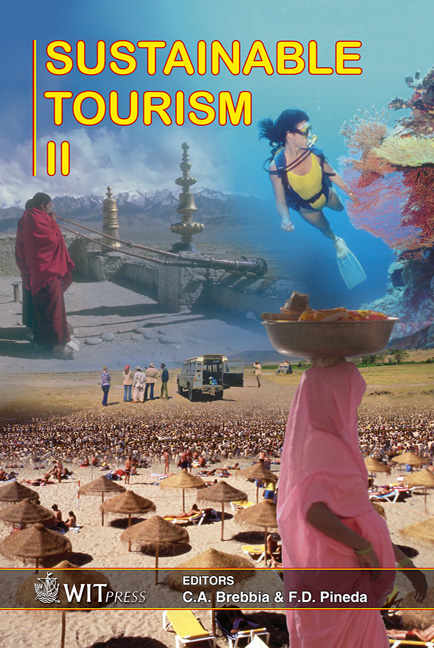Participation Of Visitors In The Management Design Of Protected Natural Areas
Price
Free (open access)
Transaction
Volume
97
Pages
10
Published
2006
Size
467 kb
Paper DOI
10.2495/ST060131
Copyright
WIT Press
Author(s)
M. F. Schmitz, D. Ruiz-Labourdette, P. F. Sañudo, C. Montes & F. D. Pineda
Abstract
Providing a natural area with protection status involves many types of considerations and interests. Among these are criteria of an ecological, naturalistic, aesthetic, cultural and educational nature. The precise layout of these spaces also brings political standpoints into play, which are often at loggerheads with the recommendations for the application of these criteria. A study conducted in central Spain for the declaration, demarcation and internal sectoring of the future Guadarrama National Park introduces new methodological aspects. The aesthetic qualities of the landscape have been described both by experts and with the use of evaluations (questionnaires answered by the different types of visitors to the region of the future Park). An essential objective of protected spaces is to ensure that the visitors enjoy nature through environmental education. Otherwise, nature conservation would be meaningless. In the current paper, we detected serious problems related to appraising the landscape and sectoring the space for the management of the park. Depending on the estimated reaction in each spatial sector in relation to different rural activities and tourism uses, the team of experts obtained maps of the Park that did not tally with those based upon the demands of the different types of visitors. Aside from the conservation of unarguably fragile sectors, which require strict protection, the aforementioned demands give rise to serious doubts in the use and management of protected areas. The paper discusses different alternatives. Keywords: Guadarrama National Park, landscape ecology, landscape planning, visitor’s preferences.
Keywords
Guadarrama National Park, landscape ecology, landscape planning, visitor’s preferences.





